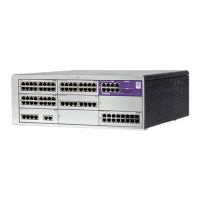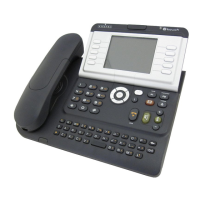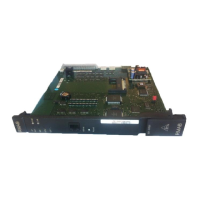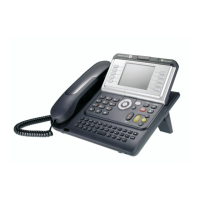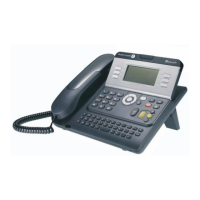
Do you have a question about the Alcatel-Lucent OmniPCX Office and is the answer not in the manual?
| VoIP Protocols | SIP, H.323 |
|---|---|
| Power Supply | 100-240 VAC, 50/60 Hz |
| Humidity | 10% to 90% non-condensing |
| Type | IP PBX |
| Maximum Trunks | Up to 60 |
| Voice codecs | G.711, G.729 |
| Network Interfaces | 10/100 Ethernet |
| Weight | Varies depending on the model/configuration |
Overview of maintenance procedures and general guidelines for system upkeep.
General maintenance principles, emphasizing system knowledge and feature understanding for fault diagnosis.
Detailed steps for diagnosing and resolving system failures using visual checks and message logs.
Describes how failures can be characterized, including total system failure and partial terminal failures.
Explains the importance of intentionally repeating a fault to confirm analysis and guide replacement actions.
Guides on identifying common errors related to power supply, CPU board, and general terminal faults.
Outlines procedures and rules for replacing system components, including power supply and CPU boards.
Specifies essential rules for component substitution, emphasizing system shutdown and configuration saving.
Covers general maintenance aspects related to handling boards after system acceptance.
Defines conditions requiring board maintenance and the rules for board status acknowledgment.
Details the procedure for replacing a faulty CPU, including configuration updates and licensing.
Explains the process for chassis replacement when master CPU or chassis hardware failure affects all CPUs.
Provides guidance on board handling for systems running software versions prior to R2.0.
Describes how the system assigns numbers and initializes equipment when a new board is plugged in.
Explains the process and system impact of unplugging a board from the module.
Details board handling procedures for systems running software versions R2.0 and later.
Explains how default telephone numbers are associated with extensions based on interface appearance.
Details the feature for retrieving user parameters for networks with over 100 sets, enabling seamless relocation.
Lists hardware faults detected by boards or the PowerCPU EE board, including message type and action.
Explains the different states of software keys based on INFO 1 in message 34.
Lists urgent alarms that trigger calls to the network management center (NMC).
Methods for monitoring the system's startup progress via dedicated stations or web-based tools.
Introduction to SNMP service for network supervision, including its capabilities and supported protocols.
Details the SNMP protocol, including topology, security aspects, and the use of traps.
Explains the types of SNMP traps sent by the OmniPCX Office and the information they contain.
Details the Management Information Base (MIB) files, divided into standard and proprietary categories.
Covers the configuration of the SNMP service using the OMC tool.
Step-by-step guide to activating and configuring the SNMP service, including supervisor declaration.






